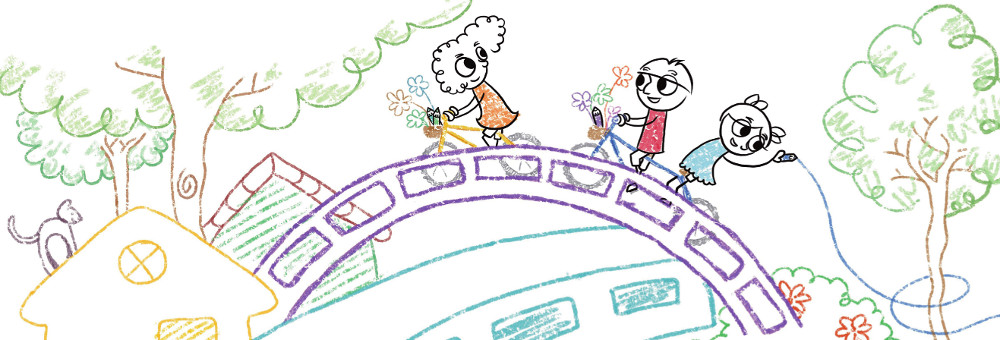Usability examining with kids is similar people to functionality testing with adults. To obtain the most out of the sessions, and be sure the child is definitely comfortable and happy, there are some differences that you need to be aware of.
Stress of recent people and surroundings
Youngsters are far more most likely than adults to find coming across new locations and people aggravating. You should always bear in mind this, so try to find several ways as is possible to relax the child. Some things you might do will be:
— Allow a large period of time – at least 10 minutes — to meet your child. This is crucial in putting them comfy before beginning the session. Several easy things to talk about may be computer games, cartoons, sports or perhaps school. Aiming to make each of the equipment applied during the program match what the child uses at home/school (phone up their parents/teachers beforehand to check). – Try to be as relaxing and comforting as possible. hockeykleding.nl It has the especially important to generate it apparent to the child that you want their particular views on the web page and that you’re not testing all of them. – Policy for the fact that younger children might prefer their parents to keep in the assessment room with them. Be certain that parents realize that they should avoid the child’s line-of-sight and not help or distract them.
Asking for support
Youngsters are far more used to asking for — and receiving — help than adults, so it is very important with regards to the ansager to:
– Evidently explain at the beginning of the test that you might want the child to work with the site independently – Produce a maintained effort to deflect such questioning through the session alone
Specific manners of disperse questions range from:
– Answering a question with a concern (e. g. What do you imagine you should do now? ) – Re-stating that you would like the child to use the site independent – Requesting the child to obtain one previous g’ before you begin something else
Children get tired, bored stiff and disheartened more easily
Children (especially of smaller ages) are less inclined – and/or capable – to apply themselves to a single task for a continuous period. Several ways to do the job around this are:
– Limiting sessions to 1 hour or a smaller amount. – Spending short fails during periods if the child becomes exhausted or agrio. – Ensuring that sessions cover the meant tasks/scenarios within a different order – this will make sure that similar scenarios are certainly not always examined by tired children, just who are less apt to succeed/persevere. — Asking the kid for help so as to provide associated with motivation (e. g. requesting ‘Could you please understand for me how to… ‘, or by basically pretending to not be able find/do something to the site). — Keeping up a steady stream of encouragement and positive opinions (“You’re carrying out really well and telling us lots of valuable things – it will really help make this website better. Keep writing! “).
The importance of nonverbal tips
Children can’t remain relied upon to verbally state their thoughts/feelings, either due to their:
– Not being state enough — Being too shy – Unwilling to say the incorrect thing and displease the – Stating things they don’t believe just to you should the adult
This makes it particularly critical that the usability expert become sensitive to children’s non-verbal cues, such as:
– Sighs — Smiles — Frowns — Yawns — Fidgeting – Laughing — Swaying – Body direction and position
Physical differences
A couple of incredibly obvious — but conveniently forgotten – differences which will need to be taken into consideration are:
– Chair and desk settings — Make sure you include a chair/table setting that permits the child to comfortably utilize the equipment through the session. — Microphone placing – Kids tend to have less busy voices than adults, consequently microphones ought to be placed somewhat nearer to the participant than normal.
Levels of literacy and understanding
It is advisable to ensure that a session’s participator has an exact understanding of the scenario staying presented to them. A few ways to do this include:
– Requesting participants to re-phrase scenarios/goals in their individual words. – Asking individuals to replicate a scenario (i. e. what they are planning to achieve) in case the task went on for a while and you think they may have got forgotten it.
